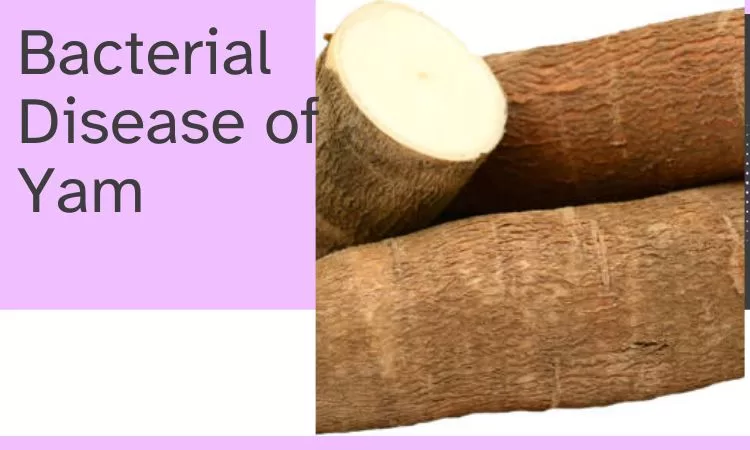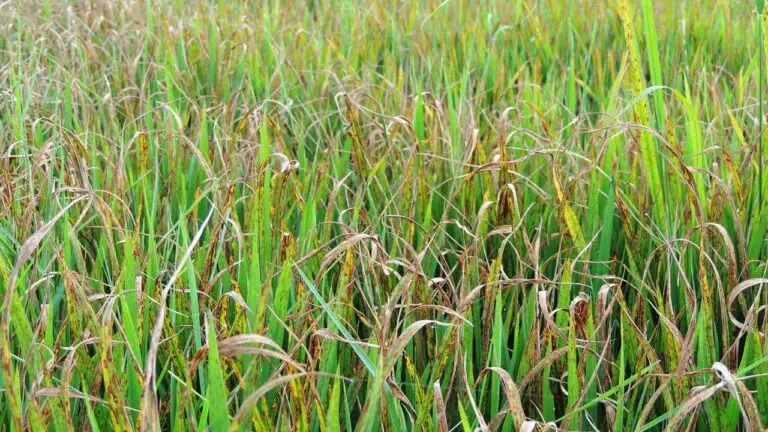Pests of Maize and their Control
Maize, also known as corn, serves as food. It is also used to produce cereals. For this reason, planting maizes in farms is a very lucrative venture. You can sell them in the market and earn massive profit from it. Are you into maize farming and you are seeking for the pests of maize and their control, you are welcome to the right page
But pests around the farms or the environment can cause significant damage which may lead to reduced yields and food production. .
This article aims at discussing the common pests of maize and how to control them. Hop in with us.
Pests of Maize
Maize is attacked by a variety of pests, including insects, rodents, and birds. Some of the common pests of maize include the following:
- European corn borer (ECB)
- Maize weevil
- Spider mites
- Armyworm
- Corn earworm
- Rodents
1. European corn borer (ECB)
This is the first pest of maize on our list. It one of the most destructive pests of maize. The larvae bore into the stalks and ears, causing significant damage to the crop. To control ECB, farmers can use pheromone traps to monitor its population and apply insecticides at the right time. Crop rotation and planting resistant varieties can also help reduce ECB infestation.
2. Maize weevil
This pest attacks stored maize, causing significant losses to farmers. To control maize weevil, farmers can store their maize in airtight containers and fumigate them with carbon dioxide or sulphuryl fluoride. Proper drying of maize before storage can also help reduce weevil infestation.
3. Spider mites
These tiny pests suck the sap from the leaves, causing yellowing and wilting of the plants. To control spider mites, farmers can use water sprays to wash them off the leaves or apply insecticidal soap or neem oil. Regular pruning and removal of infected leaves can also help reduce spider mite infestation.
4. Armyworm
This pest attacks the leaves and stems of maize, causing significant damage to the crop. To control armyworm, farmers can use insecticides like actellic dust and dimethrate which contain carbaryl or chlorpyrifos at the right time. Crop rotation and planting resistant varieties can also help reduce armyworm infestation.
5. Corn earworm
Corn earworm is a common pest of maize that can cause significant damage to the crop. The larvae of the moth Heliothis zea feed on the kernels of the corn, especially the small kernels at the tips of the ears. The damage caused by corn earworm can reduce the yield and quality of the crop. The adult moths lay their eggs on the silks of the corn, and the larvae hatch and burrow into the ears to feed. There are several methods for controlling corn earworm, including the use of insecticides, crop rotation, and planting early-maturing varieties of corn.
6. Aphids
Aphids are small, soft-bodied insects that can be a major pest of maize. Corn leaf aphids are the most common species that infest maize, and they can transmit Maize dwarf mosaic virus, which can cause significant yield losses. Aphids feed on the sap of the plant, which can cause stunted growth, yellowing of the leaves, and reduced yield. There are several methods for controlling aphids, including the use of insecticides, natural predators, and resistant varieties of maize.
7. Rodents
Rodents, including mice and rats, can cause significant damage to maize crops by feeding on the kernels and damaging the stalks. They can also spread diseases and contaminate the crop with their droppings. Rodents are attracted to maize fields because of the abundance of food and shelter. There are several methods for controlling rodents, including the use of traps, baits, and repellents. Crop rotation and the removal of debris and weeds can also help to reduce rodent populations.
How to Control Blight
How to Control Pests of Maize
Controlling pests of maize requires an integrated approach that combines cultural, biological, and chemical control methods.
Here are some common control measures for pests of maize:
1. Cultural control
The first general method of controlling pests in maize is cultural control. Practices such as crop rotation, planting resistant varieties, and timely planting and harvesting can help reduce pest infestations.
2. Biological control
Here, you natural enemies such as predators, parasites, and pathogens can help control pest populations.
3. Chemical control
Pesticides can be used to control pest populations, but it’s important to use them judiciously to avoid negative impacts on the environment and human health.
Frequently Asked Questions
Q1: What is the most effective way to control fall armyworm in maize?
A: The most effective way to control fall armyworm is to use a combination of cultural and biological control methods, such as crop rotation, intercropping with legumes, and the use of natural enemies like parasitoids and predators.
Q2: How can I prevent maize weevil infestations in my stored maize?
A: To prevent maize weevil infestations, store maize in a clean and dry environment, use hermetic storage bags, or apply diatomaceous earth to the maize to control the weevils.
Q3: What are the signs of corn earworm infestation in maize?
A: The signs of corn earworm infestation in maize include feeding damage on the ears, presence of frass (insect excrement), and entry holes on the ears.
Q4: Are there any natural enemies of aphids that can be used to control their populations in maize?
A: Yes, natural enemies of aphids such as lady beetles, lacewings, and parasitoid wasps can be used to control their populations in maize.
Q5: How can I control rodent infestations in my maize field?
A: To control rodent infestations, use cultural control methods like removing crop residues and reducing weed growth, or use traps or rodenticides to control rodent populations.
wrap up
Pests of maize can cause significant damage. It reduces the yield which may affect food production, but with an integrated approach that combines cultural, biological, and chemical control methods, farmers can effectively control pest populations and protect their crops.
It’s important to use these control methods judiciously to avoid negative impacts on the environment and human health.
Good luck!







